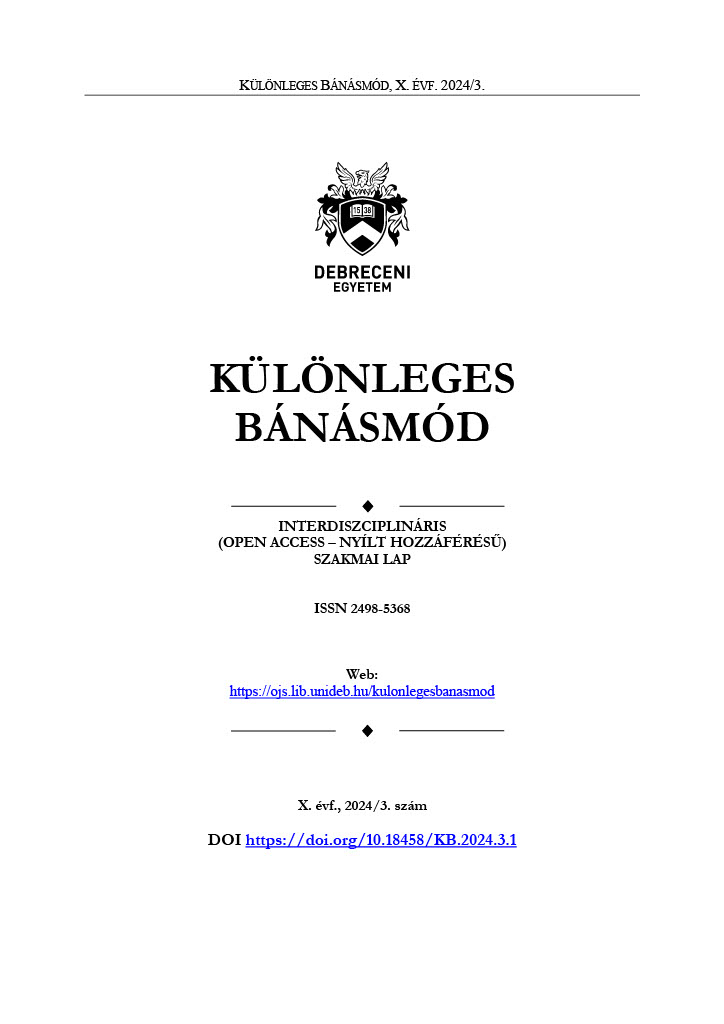Supporting Students with Anxiety in Their Studies
Authors
View
Keywords
License
Copyright (c) 2024 Tiiu Tammemäe (PhD), Hanna Allmäe, Eleriin Sild

This work is licensed under a Creative Commons Attribution-NonCommercial-NoDerivatives 4.0 International License.
How To Cite
Abstract
Anxiety is a prevalent mental health issue among children and adolescents, which can have a detrimental impact on their personal relationships and academic performance. This study aimed to identify the manifestations of anxiety in educational settings, the effects of anxiety on educational activities, and the types of support that should be provided to students with anxiety. The following research questions guided this study: 1) How is anxiety expressed among 13-14-year-old students when in school? 2)How does anxiety affect the 13-14-year-old students' educational activities? 3) What kind of support should be provided to students with anxiety at school? The participants were 26 students aged 13-14 from various Estonian schools. The data was gathered for analysis via interviews and a questionnaire. A mixed-methods approach was employed. According to the research, children experience anxiety both before and during a test or presentation. It appears that each student expresses fear at school in a different way. Students who learn remotely report feeling less anxious during class activities. This is because they do not have to answer in front of the class or turn on the camera when participating in online lessons. Furthermore, students aged 13-14 prefer to talk to their friends who are also experiencing anxiety than to adults who do not understand their anxiety. Finally, the students' answers revealed that the teacher should ask all the students with equal frequency to present their homework. It is also recommended that anxious students be supported by helping them recall what they have learned and use different methods to assess their knowledge. The students stated that they require a quiet and safe place to be alone at school. There is a need to raise awareness about anxiety symptoms and ways for teachers to support students.


 https://doi.org/10.18458/KB.2024.3.83
https://doi.org/10.18458/KB.2024.3.83